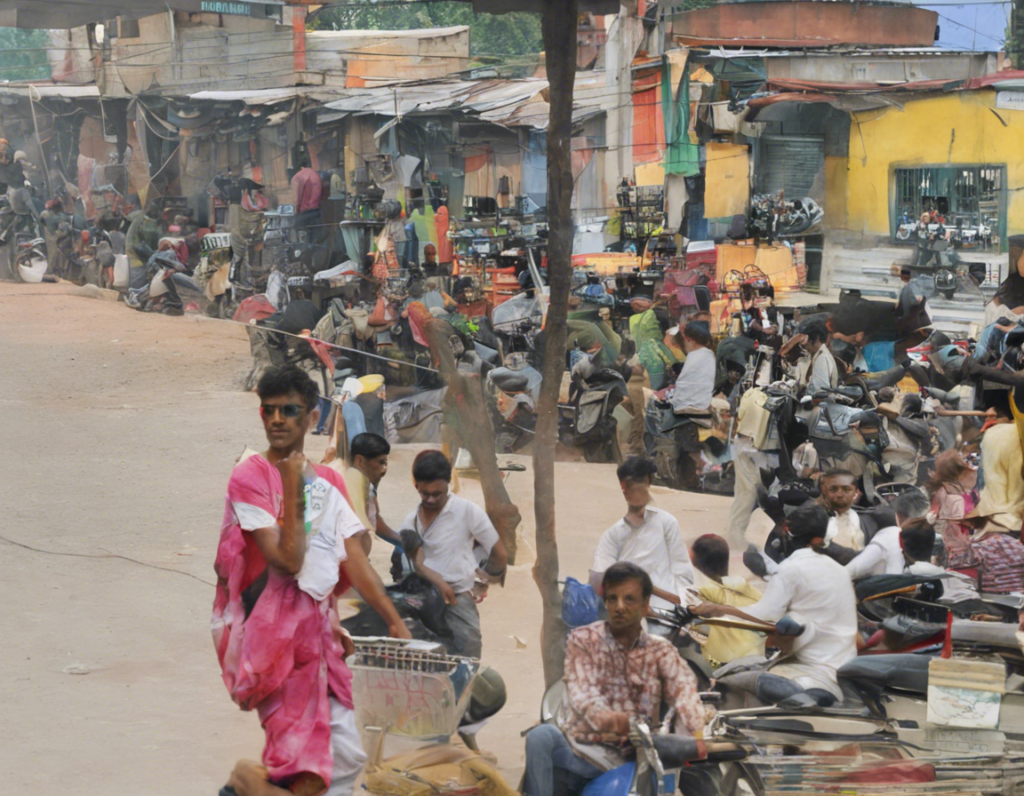India’s Ban on Single-Use Plastics
In a bid to tackle plastic pollution and promote environmental sustainability, the Indian government has implemented a ban on single-use plastics across the country. This bold move is part of a broader global initiative to reduce the harmful impacts of plastic waste on the environment, wildlife, and human health. In this article, we will delve into the details of India’s ban on single-use plastics, its implications, challenges, and the way forward for a greener and cleaner future.
Understanding Single-Use Plastics
Single-use plastics refer to disposable plastic items that are typically used once and then thrown away. These include plastic bags, straws, cutlery, cups, food packaging, and water bottles. Despite their convenience, single-use plastics have devastating effects on the environment. They take centuries to decompose, clog waterways, harm marine life, and leach harmful chemicals into the soil, air, and water.
India’s Initiative on Single-Use Plastics
Recognizing the urgent need to address this pressing issue, India took a decisive step towards curbing the use of single-use plastics. In 2019, the Indian government announced a nationwide ban on several single-use plastic items, including plastic bags, straws, cutlery, and styrofoam containers. The ban encompassed manufacturing, usage, and distribution of these items to encourage sustainable alternatives and reduce plastic waste.
Implications of the Ban
The ban on single-use plastics in India has far-reaching implications for various stakeholders and sectors. On one hand, it signifies a significant shift towards a more sustainable and eco-friendly approach to consumption and waste management. It encourages individuals, businesses, and industries to adopt reusable, biodegradable, or compostable alternatives to single-use plastics.
However, the ban also poses challenges in terms of implementation, enforcement, and compliance. Many businesses, particularly small vendors and manufacturers, rely heavily on single-use plastics for packaging and distribution. Transitioning to alternative materials may incur higher costs and operational challenges. Furthermore, ensuring widespread adherence to the ban requires robust monitoring, regulations, and public awareness campaigns.
Innovations and Solutions
To address these challenges and foster a more sustainable transition, various initiatives and innovations have emerged in response to India’s ban on single-use plastics. These include the development of bioplastics made from natural sources like corn starch or sugarcane, recycling programs to repurpose plastic waste into new products, and community-driven campaigns to promote waste segregation and recycling at the grassroots level.
Moreover, technology plays a crucial role in creating alternative packaging solutions, such as edible packaging, reusable containers, and innovative materials that mimic the properties of plastic without the harmful environmental impacts. Collaborations between government agencies, private sector companies, and research institutions are key to driving innovation and scaling up sustainable practices.
Challenges and Opportunities
While the ban on single-use plastics presents formidable challenges, it also opens up new opportunities for green entrepreneurship, job creation, and environmental stewardship. Companies that embrace sustainable practices and circular economy models stand to gain a competitive edge in the market and contribute to a cleaner, healthier planet.
Moreover, the ban catalyzes a shift in consumer behavior towards conscious consumption and environmental responsibility. Individuals are increasingly seeking plastic-free alternatives, supporting eco-friendly brands, and advocating for policy changes that prioritize environmental conservation.
The Way Forward
As India continues its journey towards a plastic-free future, collaboration, innovation, and public participation are essential to overcome challenges and seize opportunities. Government policies need to be complemented by industry initiatives, consumer awareness campaigns, and research and development efforts to drive sustainable solutions and create a circular economy that minimizes waste and maximizes resource efficiency.
By promoting reduce, reuse, and recycle practices, investing in sustainable infrastructure, and fostering a culture of environmental stewardship, India can lead the way in tackling plastic pollution and building a greener, cleaner future for generations to come.
Frequently Asked Questions (FAQs)
-
What are single-use plastics, and why are they harmful?
Single-use plastics are disposable items like bags, straws, and cutlery that are used once and discarded. They are harmful because they take centuries to decompose, pollute waterways, and harm wildlife. -
How does India’s ban on single-use plastics impact businesses?
The ban poses challenges for businesses reliant on single-use plastics for packaging. They must transition to sustainable alternatives, which may involve higher costs and operational changes. -
What are some sustainable alternatives to single-use plastics?
Sustainable alternatives include biodegradable materials like paper, cardboard, and compostable plastics, as well as reusable options like metal straws and bamboo utensils. -
How can individuals support the ban on single-use plastics?
Individuals can reduce their plastic footprint by using reusable bags, bottles, and containers, supporting plastic-free initiatives, and advocating for sustainable practices. -
What role does technology play in addressing the challenges of plastic pollution?
Technology enables the development of innovative packaging solutions, recycling processes, and waste management systems that reduce the impact of plastic pollution on the environment.
